Why eat a “Rainbow”?
You might be wondering why all nutritionists are stressing the importance of eating a “rainbow diet” ![]() . Is it really that important? ‘I have my veg, so I’m fine, right?’ Well maybe not…
. Is it really that important? ‘I have my veg, so I’m fine, right?’ Well maybe not…
Even if you already know the importance of phytonutrients/phytochemicals, read on and get inspired to make your days as colourful as possible.
So what are they?
They are natural compounds of plants that are powerful defenders of health. Studies show that people who eat more plant foods have reduced risk of chronic diseases such as diabetes, heart disease, and cancer. Phytonutrients provide many functions in the plant itself, such as providing protection from pests and environmental stressors, along with imparting  color and distinctive tastes and smells. In the human body, phytonutrients stimulate enzymes that help the body get rid of toxins, boost the immune system, improve cardiovascular health, promote healthy estrogen metabolism, and stimulate the death of cancer cells.
color and distinctive tastes and smells. In the human body, phytonutrients stimulate enzymes that help the body get rid of toxins, boost the immune system, improve cardiovascular health, promote healthy estrogen metabolism, and stimulate the death of cancer cells.
Fruits and veggies are rich sources of phytonutrients, along with whole grains, legumes, herbs, spices, nuts, seeds, and teas. Phytonutrients in food come in all different colours—green, yellow-orange, red, blue-purple, and white.To promote good health,it is important to eat fruits and vegetables of varied color each day. Aiming for one to two of each color per day is a healthy goal to strive for! While darker-colored plants are generally higher in phytonutrients, fruits and veggies from the white family do have potent contributions to make.
Where to find them?
Sources of phytonutrients include any and all plant foods.
Fruits and veggies are rich sources of phytonutrients, along with whole grains, legumes, herbs, spices, nuts, seeds, and teas. Phytonutrients in food come in all different colors—green, yellow-orange, red, blue-purple, and white.To promote good health,it is important to eat fruits and vegetables of varied color each day. Aiming for one to two of each color per day is a healthy goal to strive for! While darker-colored plants are generally higher in phytonutrients, fruits and veggies from the white family do have potent contributions to make.
5 a day? – more like 9-13 a day!
Most people eat too few servings of plant foods every day. The old guidance of having your 5 a day are very conservative – just look at all the chronic epidemics (heart health, diabetes, obesity, cancer etc). We need much more – about 9-13 servings if we want to prevent chronic disease.
A typical serving is only half a cup of cooked vegetables, one cup of raw leafy vegetable, or a medium-sized piece of fruit. Fresh, cooked, and processed fruits and vegetables including frozen and canned, 100% fruit juices, 100% vegetable juices, and dried fruits are all considered as servings of fruits and vegetables
It would be best to aim for every meal of the day to have about 3-4 servings of plant foods so that at three general meals per day (not including snacks), you would make your serving requirement on a daily basis. Make half your lunch and dinner plate vegetables and you should have no problem meeting this requirements.
 I’ll post my favourite roasted veggies recipe shortly (see pic), you can be as creative with it as you wish – and be very very generous with the spices (for even more phytonutrients, antioxidants and vitamins).The good thing about making a big portion is that it can be enjoyed as a side with your lunch or dinner on the weekend, but you can also supplement your lunch box salad – this way healthy carbs, fibre and colours can be ticked on your healthy lunch criteria 😉
I’ll post my favourite roasted veggies recipe shortly (see pic), you can be as creative with it as you wish – and be very very generous with the spices (for even more phytonutrients, antioxidants and vitamins).The good thing about making a big portion is that it can be enjoyed as a side with your lunch or dinner on the weekend, but you can also supplement your lunch box salad – this way healthy carbs, fibre and colours can be ticked on your healthy lunch criteria 😉
Another wonderful way to increase the amount of colourful foods in our diet is smoothies – adding your blueberries, raspberries, mango etc. and the green “stuff” (spinach and kale) to them every morning will help you achieve your targets. 🙂
Make every day a colourful day 🙂 Edi x
